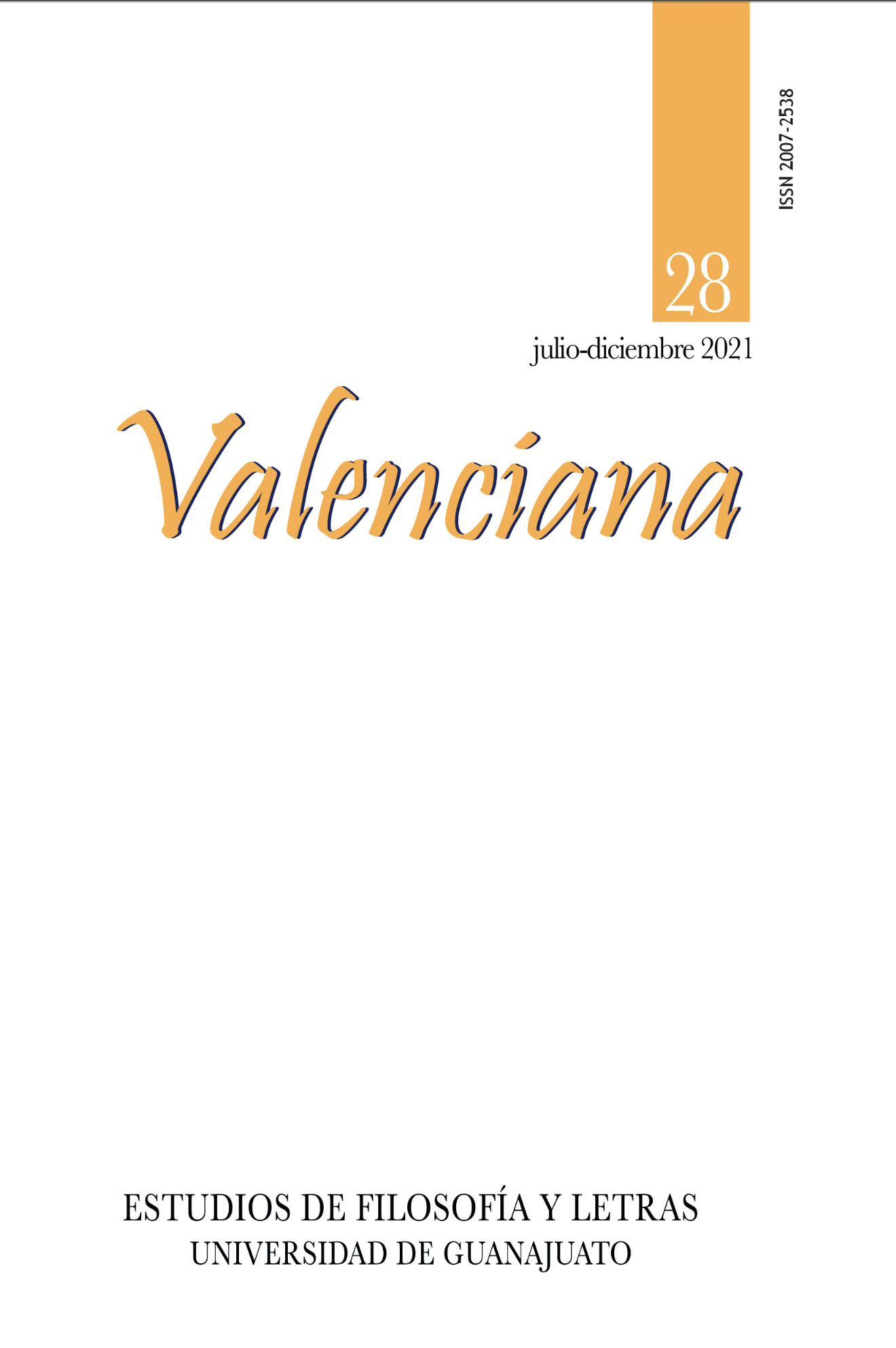Between media culture and high culture: Ricardo Piglia and La Argentina en pedazos
DOI:
https://doi.org/10.15174/rv.v13i28.526Abstract
The relations that argentine writer Ricardo Piglia maintained with the media and mass culture have been partially documented but have always been visible: from his classes on the Argentine novel and Borges on cultural television, film scripts and his narrative work in which he has created works between the police genre, science fiction and fantasy, passing by its proximity to other forms considered extraliterary, such as graphic novel and comic, has opened new ways of receiving his own work and that of the authors of the literary tradition that he has analyzed in his novels, essays and journal notes. Thus, and despite the enormous complexity of attentive reading of his narrative, his interventions in the mass circuits do not make concessions to a non-specialized public with literary studies but at the same time brings him closer to reading Borges, Leopoldo Marechal, Manuel Puig o Roberto Artl, for example. This paper analyzes Piglia’s relationship with the volume La Argentina en pedazos (1993), a work that was published in a fragmentary and periodic way in Fierro magazine since 1984, and stops in particular in the cartoon versions of some works centrals of argentine literature, such as Esteban Echeverría’s “El matadero”, Cortázar’s “Las puertas del cielo” and Arlt’s Los lanzallamas. The texts selected and studied by Piglia for La Argentina en pedazos suggest, indirectly, the review that the argentine writer makes of his literary tradition; simultaneously, the encounter between two seemingly antagonistic cultural manifestations is part of an aesthetic and political operation that encourages artistic renewal and denounces the violence of the State produced in Argentina since its fundation as an independent nation.
Published
How to Cite
Issue
Section
License
Author(s) who publish in this journal do accept the next conditions:
According to copyright regulations, Valenciana does recognize and respect the authors’ moral right, as well as the right of property, which will be assigned to the journal for its diffusion in open access.
Valenciana does not charge authors for the submission, editorial process or publication in the journal.
All texts published and distributed by Valenciana (without exception) are supported by the license Creative Commons Attribution-NonCommercial 4.0 International (CC BY-NC 4.0), which allows third parties to use the publication as long as they mention the author and the first publication.
Authors can make other independent and additional contractual agreements for the non-exclusive use of his article published in Valenciana (e.g. including it in an institutional repository or in printed/electronic media), as long as it is explicitly clarified that the article was published for the first time in this journal.
For these purposes, authors must sign and send the letter of submission and copyright transfer form in a PDF file to this email address: revistavalenciana@gmail.com
This journal is under a license by Creative Commons Atribución-NoComercial-SinDerivadas 4.0 Internacional (CC BY-NC-ND 4.0)).











